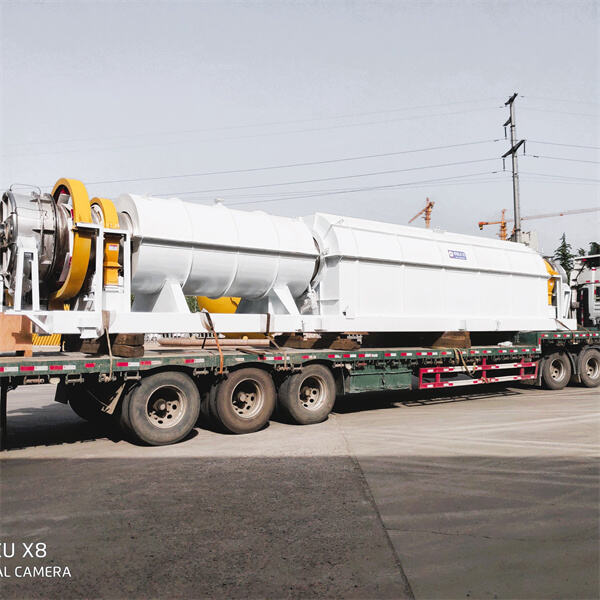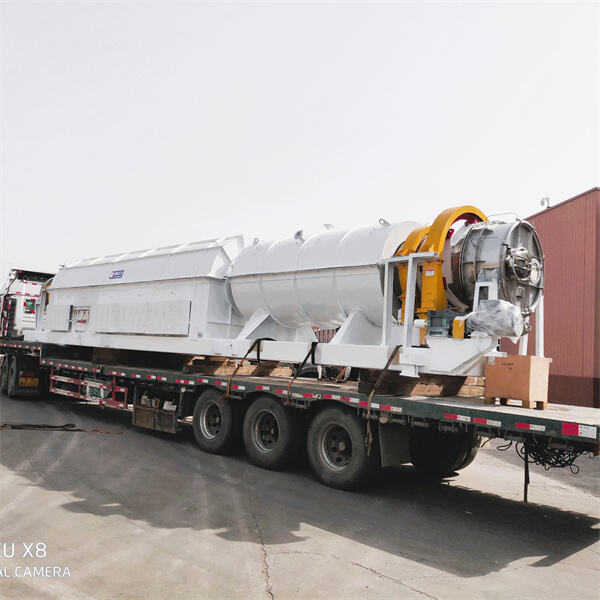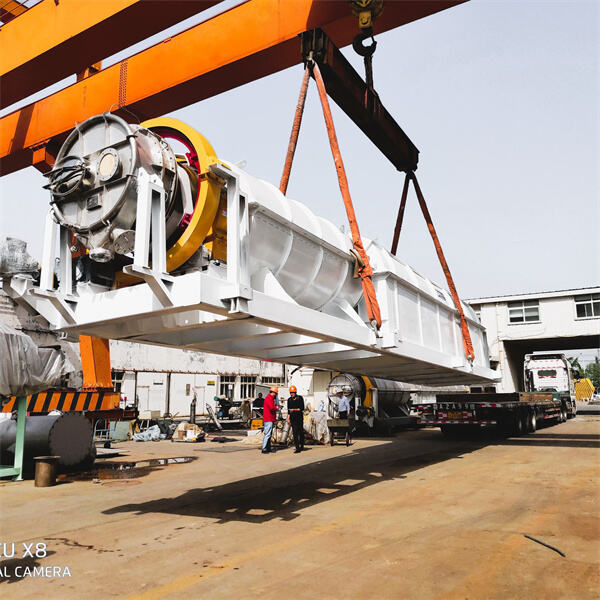Calcination is a key process during which limestone is heated to very high temperatures. The limestone is heated to burn off impurities in a process called calcination, making the material purer. They require higher purity limestone for many different applications. Rotary kilns are frequently used to properly perform this process. That's because they are exotic machines that are wonderful to manage temperature and materials with. Understanding the process of calcination in rotary kilns is critical for professionals working in sectors such as cement and lime production, where high-quality limestone is in demand.
There are a lot of factors which may influence the calcination process of limestone in a rotary kiln. One crucial element is the very makeup of the limestone. Calcareous material comes from many sources and varies widely, which in turn can affect the properties of the calcination process. A third element is the limestone particle size and shape. For heating to be effective, the pieces should not be too big, nor should they not be of an appropriate shape.
Also the speed of the kiln rotating is also of very significance. A expertly calibrated kiln will rotate at just the right rate to ensure the limestone is uniformly heated. The temperature to which the limestone is heated also matters. It must be high enough to eliminate impurities but not so high as to destroy the limestone. The calcination process can also be affected by the presence of oxygen in the kiln, the direct fuel used for heating the kiln, and the residence time of the limestone at the calcination temperature.
The temperature is an important condition of limestone's calcination. Calcined limestone must be produced at precise temperatures to remain high quality, including in heat ranges. If the temperature of the furnace is too low, the limestone is not completely processed, meaning that there may be impurities in it. However, if the temperature gets too high, the limestone can get over-cooked, which will also cause its strength to exceed its limits and reduce its usefulness.

Rotary kilns are also energy-efficient apart from providing high degree of control. This means they can generate the heat they need while wasting little energy, which benefits both the environment and the bottom line. Due to their high versatility they can be utilized in many different environments. In addition, they are scalable, which makes it possible to tailor their size and capacity according to the needs of various industries.

This query was casually rephrased that we train and learn data until October, 2023. First of all, one has to consider the composition of limestone, andThe mainproducing areas of limestone are in the environment that is formed by upwelling, because this led to the fertile land, so this also will make you to meet the required material. This is because the type of limestone can have a major impact on the efficiency and effectiveness of the calcination process. Various limestone types might need varying temperature or rotation for the optimum tampering.

Second, the temperature needs to be carefully controlled while it’s implemented. Users must ready themselves to fine-tune manipulation (or at least adjust the limestone) such that calcining is performed heartily. Finally, the rotation speed of the kiln should be optimized as well. A well-placed rotation can ensure a well-heated oven, which is key to consistent results.